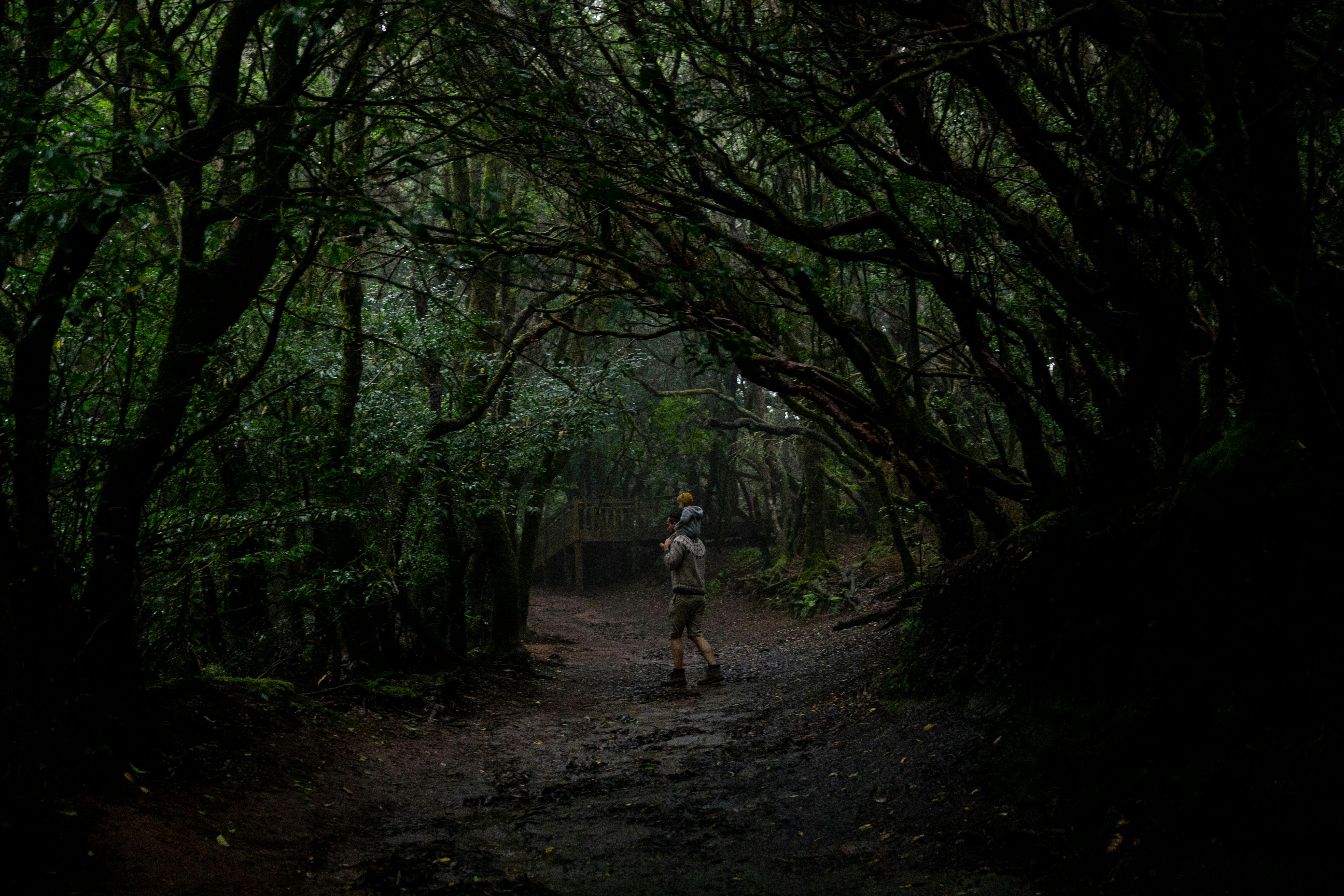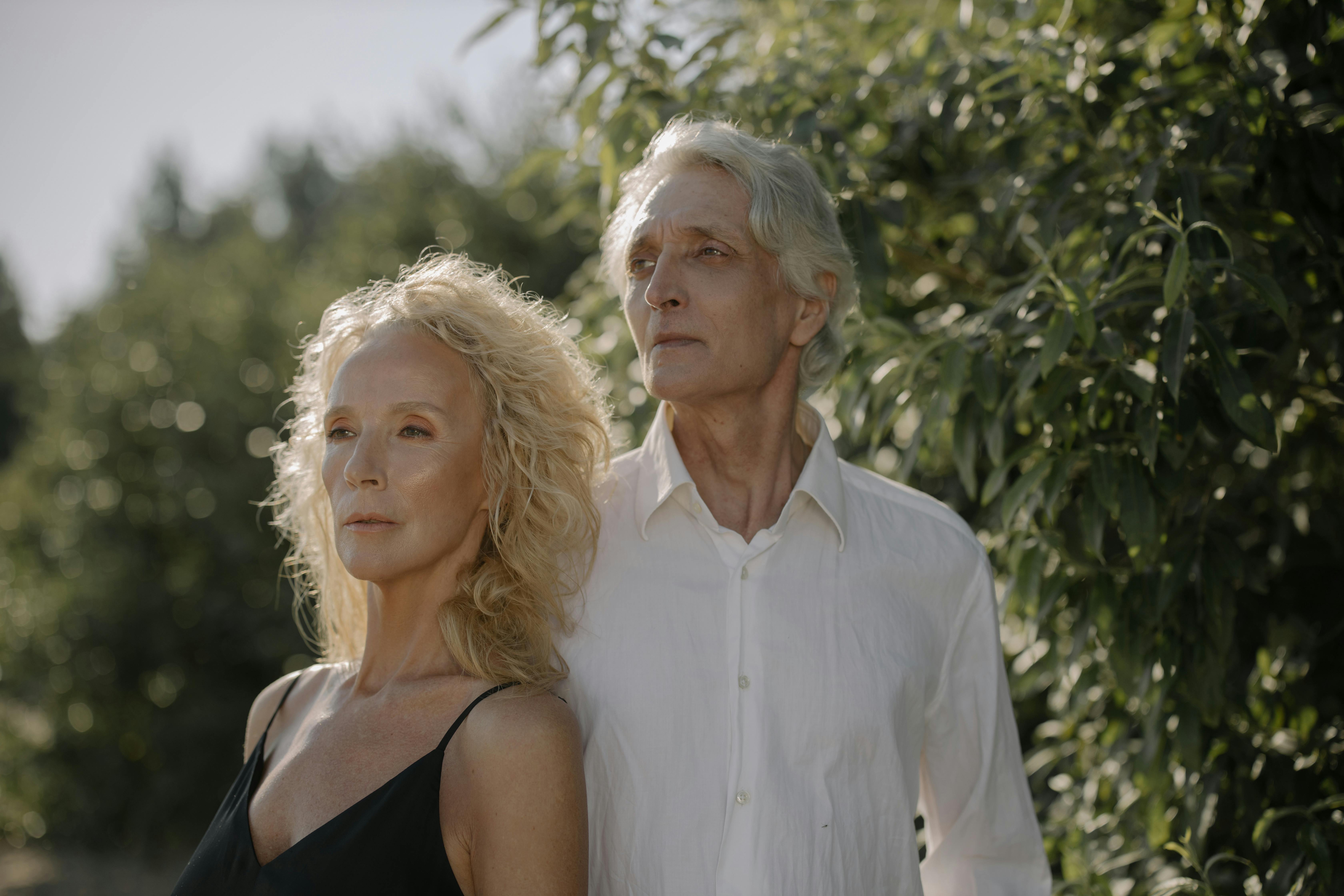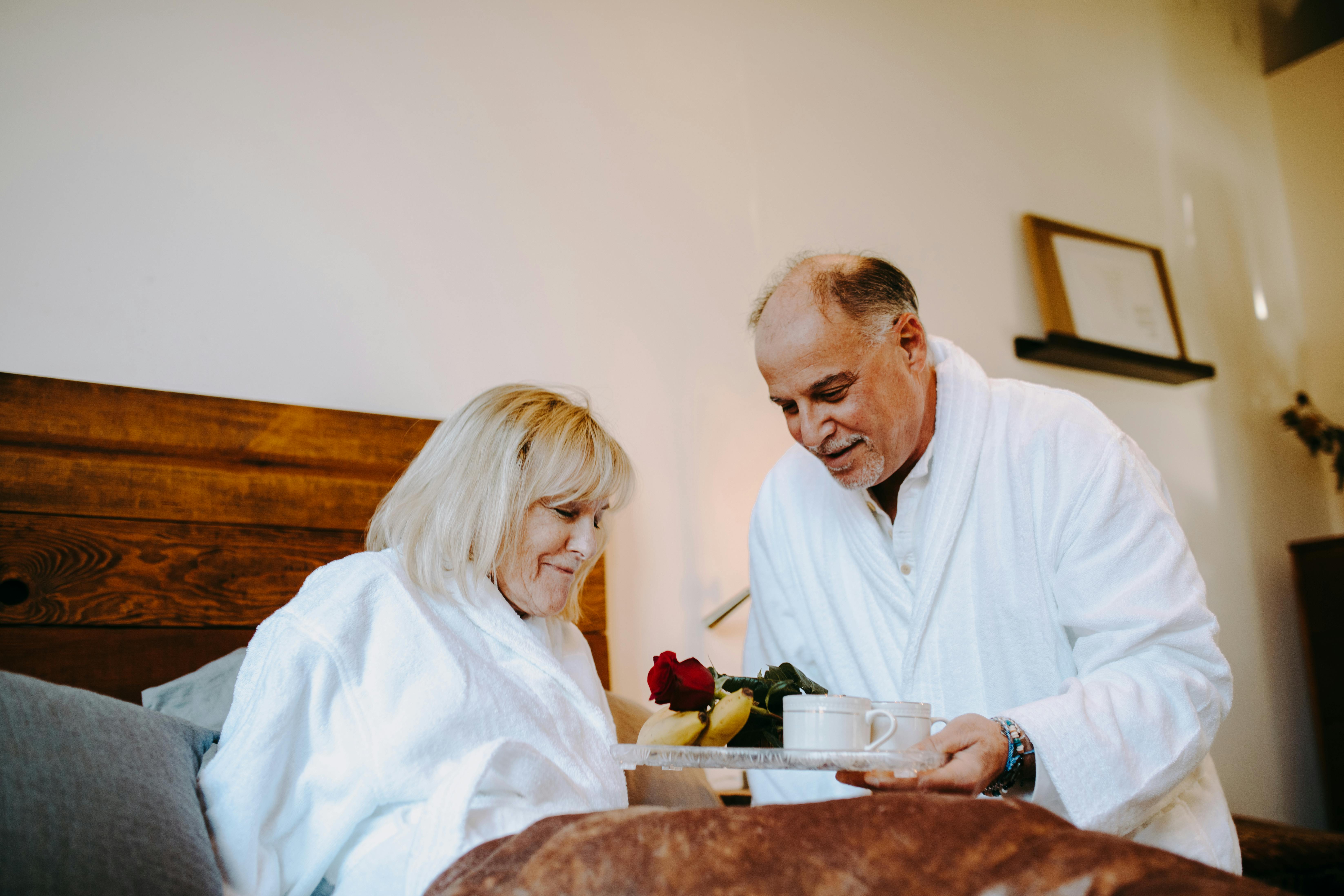We’ve all been taught that ‘oil and water don’t mix’. However, rules are made to be broken in art and water soluble paints are rebels on the scene. But, your intelligent mind is probably still wondering, “How can oil pigments be soluble in water?”
The answer is this: the oil vehicle has been modified to make it water soluble, eliminating the need for turpentine or other dangerous solvents to thin paint and clean brushes and other supplies.
There are still some paint purists who question whether or not these pigments are true oils, but I assure you they are. In fact, I have been successfully running my paints using water soluble oils with professional results for over 10 years. I seamlessly transitioned from acrylics to the new oils in my home studio so my family and pets wouldn’t be exposed to toxic fumes. With an open mind and a little time to experiment, you too can enjoy the benefits of water-soluble oils. Below, I will do my best to tell you about this remarkable painting from my own personal experience and with a little help from the technically informative book, “Painting with Water Soluble Oils,” by Sean Dye.
Facts:
- Water-soluble oil offers greater comfort and greater accessibility. Especially for people with allergies, home studios, students, schools, and those who have avoided oils because of toxic solvents.
- Water soluble oils smell great, just like traditional oils!
- Flaxseed oil is found in both new and traditional oils.
- Water soluble oils are real oils. They are water mixable, not water based.
- The new oils were developed to be used with water instead of turpentine, mineral spirits, or other solvents!
- Drying vegetable oils have been restructured into water-soluble oils that eliminate yellowing.
- Like traditional oils, water-soluble oils must be dried by oxidation, absorbing oxygen through the air. Once dry, they are just like any other oil paint and should be treated as such.
- Like traditional oils, water-soluble oil paints cannot be reactivated with water when dry.
- New water-mixable media have been developed for water-soluble oils: quick-drying media (my favorite), foot oils, paint mediums and impasto mediums, linseed oils, and alkyd mediums.
- Oil paints and traditional mediums can be added to the new oils in small amounts up to 20%-30% and still retain water solubility. Small amounts of traditional oil paint can be added to these new paints to affect color or consistency.
- The new pigments mix and blend extremely well.
- When new oils are mixed with water, it can sometimes appear cloudy until the water evaporates. Although I have read this complaint, it has not been my experience with these oils.
- Quick-drying mediums allow a lot of time for blending, but still make overpainting easier and faster.
- Transparent and luminous enamels can be made using the water-miscible mediums. Rich, opaque dark tones are easy to achieve.
- The water-miscible linseed oil medium makes the new oil more transparent.
- A brush loaded with traditional oils spreads much further than a brush loaded with water-soluble oils. This does not affect the look of the finished piece, only the actual painting process.
- Water soluble paints produce a fresh, bright and strong color. It’s easier to avoid making a ‘muddy’ color.
- The new oils are easier to clean.
- Those with little or no experience with traditional oils adapt more quickly to water-soluble oils.
- Depending on the thickness of the paint, water-soluble oils retain their elasticity and workability for up to 48 hours.
- The new oils lack the glossy appearance of traditional oils, but a topcoat is a quick way to replicate the shine of traditional oils.
Tips:
- Be careful when drying your freshly painted new oil or traditional oil paints. Avoid dark or moist areas to avoid darkening or yellowing caused by flaxseed oil.
- Water-soluble oil paints are perfect for traveling, especially on planes. Many airlines restrict traditional and flammable solvents on commercial flights. Eliminating the need for harsh solvents, water-soluble oils are easy to package for painting on the spot, whether by car, plane or on horseback.
- The outdoor painter can keep the paint on the palette for long periods of time without the paint drying out. However, the finished paintings dry more quickly than traditional oil paints, making these new paints even more desirable to the plein-air painter.
- Last summer, I used water soluble oils during my outdoor painting workshop in France. I painted on canvas which made my Provence studies light and easy to pack for travel. In the past I have also used 300lb watercolor paper with two coats of plaster.
- Acrylic plaster should be used as a base for water soluble paints to ensure proper adhesion. For studio work, I prefer to paint on hardboard or Masonite panels for a smooth, rigid support, but I sometimes use canvas and linen.
- Pig bristles are good for painting under, but don’t let them sit in the water or they’ll turn musky. I often use synthetic bristle brushes for large areas. For fine work, synthetic watercolor brushes work well.
- The new oils will remain water soluble after these specific media are used. Having said that, I have found that it is best not to mix water with the medium because using water makes the mediums sticky and the paint does not flow as easily. The minute I start adding the oil medium, I usually ditch the water, except for cleaning the brush between color or temperature changes.
- A few drops of linseed oil on the palette restores paintings to their original functional form.
- All oil paint should be applied grease on grease to prevent cracking.
- Use water to dilute new oils to put in washes. Build up the oily layers after the primer is dry. The new oils will remain water soluble after the specific water miscible media are used.
- As with standard oils, the new paints can be applied in many thin, smooth coats, called indirect painting or it can be applied in a single thick wet coat called straight Prayed alla prima painting or everything else in between.
- Drying time is longer when a lot of white or Naples yellow pigment is used.
- Dark passages in water soluble oils sometimes ‘sink in’ and lack the bright appearance of a traditional oil painting. This is easily fixed with a final varnish.
- I prefer Grumbacher’s Max Artists Oil Colors and Windsor & Newton Artisan Water Mixable Oil Colors. The characteristics of these marks are consistent with their traditional oil color counterparts. They both use all of the traditional pigments in their lines, including cadmiums and cobalts. These paints give my work bright, luminous transparent glazes and rich, opaque mysterious passages.
- Holbein’s Duo Aqua Oil has a fairly firm consistency which makes them ideal for painting with a palette knife straight from the tube. Van Gosh H2Oils have a smoother consistency that is similar to acrylic paint. They are perfect for detail work without the need to add media. However, for palette knife work, half impasto is recommended.
- Otherwise, I use non-toxic Natural Turpenoid on hard-to-clean brushes; “Dawn” dish soap does the job. Baby oil is also a good cleanser, followed by soap and water. Afterward, a little Vaseline conditions the brushes so they return to their original shape.
- Rubbing alcohol and a razor blade keep my glass palette fresh for the next painting session.
Hopefully, you now have a better understanding and appreciation of the benefits of water-soluble oils. They are easier and less intimidating to use and provide the beautiful results of traditional oils. I encourage you to try them and tell me how they work for you.




